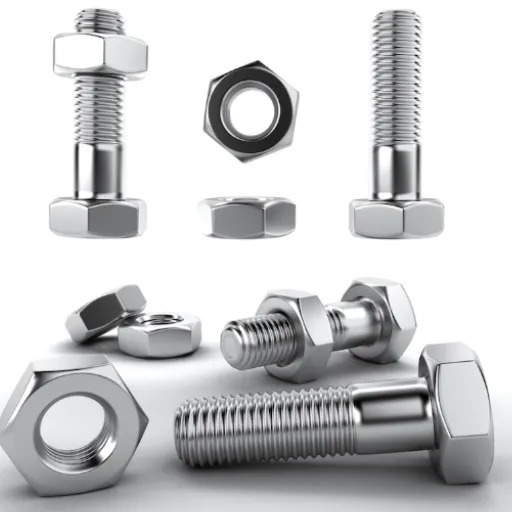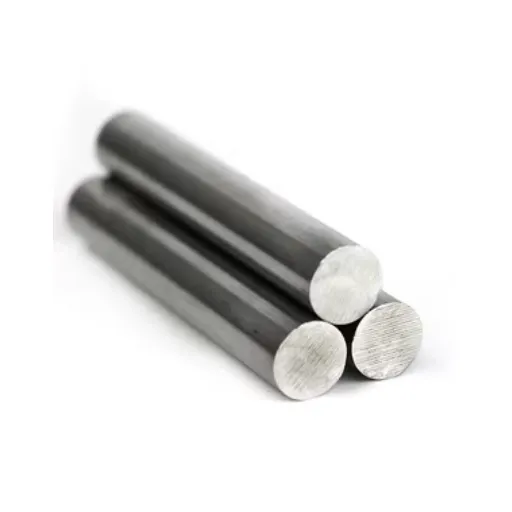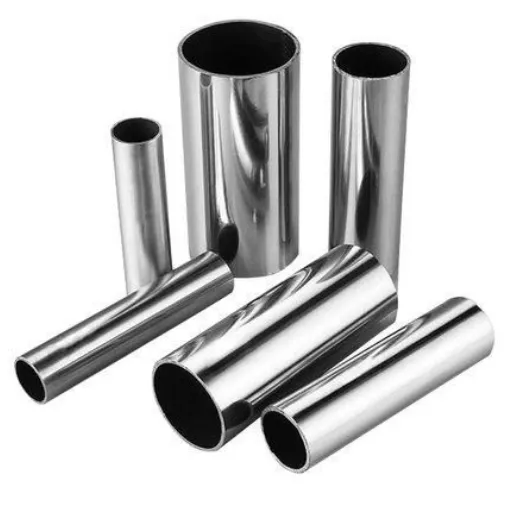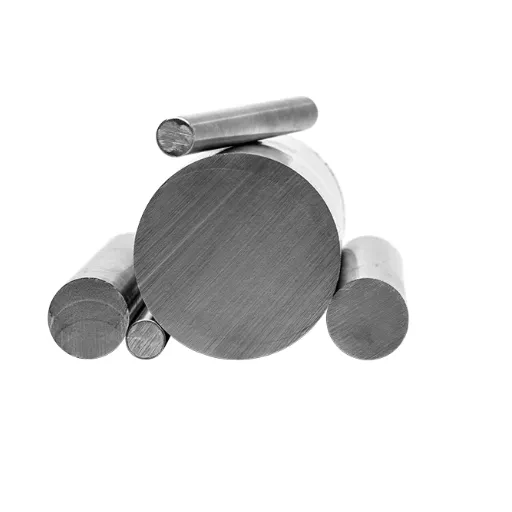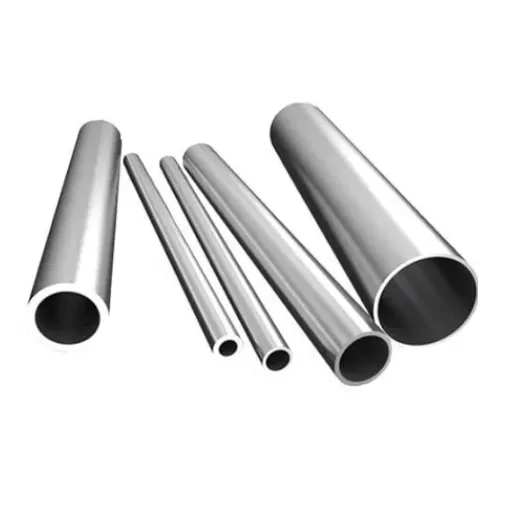Understanding Material Composition
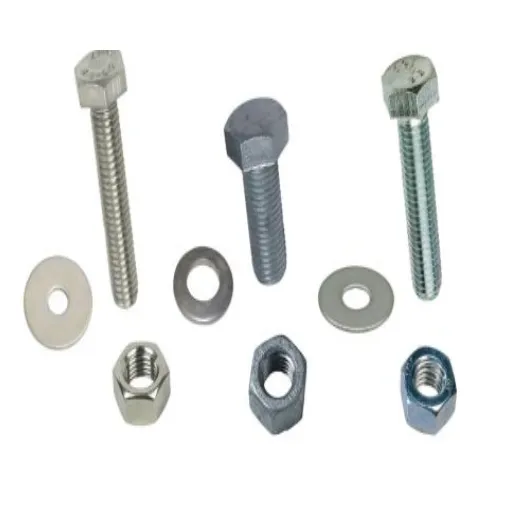
Zinc Plating Process
Zinc plating is a process for depositing a fine layer of zinc on the surface of a metal substrate, usually steel or iron, to provide corrosion resistance. The process is commonly performed through electroplating, where pieces are immersed in an electrolyte solution containing zinc ions. When electrical current passes through the circuit, zinc ions deposit onto the metal surface, forming a protective layer.
Key Benefits of Zinc Plating:
- Prevents oxidation of the base material
- Provides sacrificial corrosion protection
- Offers a smooth, aesthetically pleasing finish
- Cost-effective solution for many applications
Applications: Zinc-plated materials find extensive use in automotive, construction, and electronics industries, providing affordable protection for everyday applications.
Limitations: The protective zinc layer can wear away when exposed to highly corrosive environments over time, such as areas with constant saltwater exposure or acidic conditions.
Alloy Structure of Stainless Steel
Stainless steel is an alloy consisting primarily of iron and chromium, with varying amounts of nickel, molybdenum, or carbon. The distinguishing feature is its chromium content, typically at least 10.5%, which combines with oxygen to form a thin, stable oxide layer on the surface.
Types of Stainless Steel Microstructures:
- Austenitic: Non-magnetic, highly corrosion-resistant (medical, food processing)
- Ferritic: Ferromagnetic, moderate corrosion resistance (automotive)
- Martensitic: High strength and hardness (cutlery, tools)
- Duplex: A Combination of austenitic and ferritic properties
- Precipitation-hardened: High strength with good corrosion resistance
Key Differences: Zinc Alloy vs Stainless Steel
| Key Point | Zinc Alloy | Stainless Steel |
|---|---|---|
| Cost | Low | High |
| Strength | Moderate | High |
| Corrosion Resistance | Resistant | Highly resistant |
| Aesthetics | Less appealing | Pleasing |
| Durability | Moderate | High |
| Weight | Lightweight | Heavier |
| Workability | Easy | Difficult |
| Applications | Large items | Small, aesthetic items |
| Rust Proof | Yes | Yes |
| Versatility | High | Moderate |
Corrosion Resistance Comparison
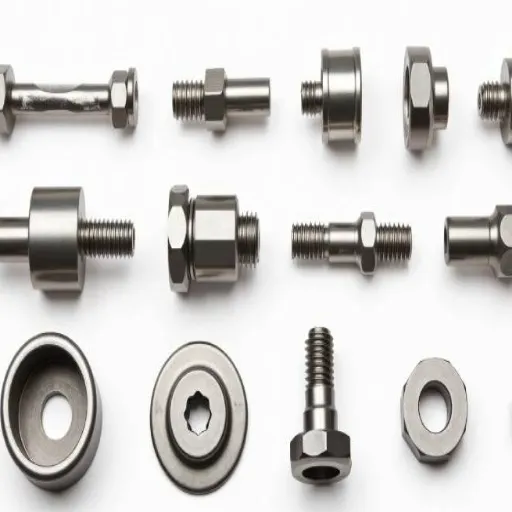
Performance in Different Environments
Humid Environments: Zinc alloys provide satisfactory corrosion resistance through oxide layer formation, but extended exposure can cause surface deterioration, particularly in saline environments. Stainless steel maintains superior performance due to its chromium oxide passive film, which resists damage even in humid and salty atmospheres.
High-Temperature Conditions: Zinc alloy has limited heat resistance with a melting point around 787°F (419°C), making it unsuitable for high-temperature applications. Stainless steel excels with melting points between 2500°F (1375°C) and above, making it ideal for industrial machinery with thermal stresses.
Chemical Exposure: Zinc alloys offer moderate resistance to alkaline solutions but are vulnerable to strong acids. Stainless steel, especially grades like 316, provides excellent resistance to a wide range of chemically corrosive environments, with molybdenum content enhancing resistance to pitting and crevice corrosion.
Rust Resistance Analysis
| Key Point | Zinc Alloy | Stainless Steel |
|---|---|---|
| Rust Layer | Zinc carbonate | Chromium oxide |
| Rust Proof Rating | Moderate | High |
| Corrosion Resistance | Resistant | Highly resistant |
| Durability | Moderate | High |
| Moisture Resistance | Susceptible | Resistant |
| Best Applications | Outdoor items | Kitchen, marine items |
Galvanized Steel vs Stainless Steel
| Key Point | Galvanized Steel | Stainless Steel |
|---|---|---|
| Protection Method | Zinc coating | Chromium oxide |
| Corrosion Resistance | Moderate | High |
| Strength | Moderate | High |
| Cost | Low | High |
| Durability | Moderate | High |
| Workability | Easy | Difficult |
| Salt Water Resistance | Not resistant | Resistant |
| Primary Applications | Construction | Marine, aerospace |
Tensile Strength and Durability
Analysis of Tensile Strength
Tensile strength varies significantly between galvanized steel and stainless steel due to differences in composition and processing methods:
- Stainless Steel (304/316 grades): 515-860 MPa tensile strength, attributed to high chromium and nickel content
- Galvanized Steel: 300-550 MPa tensile strength, varying based on base metal grade and galvanizing process
Overall Durability in Various Applications
Aerospace Engineering: Stainless steel grades like 17-4 PH and 304 are used in critical components such as turbine blades and structural frameworks due to superior tensile strength and extreme temperature resistance.
Automotive Industry: Stainless steel excels in exhaust systems and fuel tanks, while galvanized steel is preferred for body panels and underbodies for cost-effective protection against road salt and moisture.
Marine Environments: Stainless steel grade 316 provides exceptional resistance in saline environments, while galvanized steel offers temporary protection that diminishes quickly due to saltwater corrosion.
Construction and Infrastructure: Galvanized steel serves well in structural components under moderate conditions, while stainless steel is preferred for bridges, façades, and roofing in harsh environments.
Chemical Processing Plants: Stainless steel tanks, pipes, and reactors are essential for handling corrosive chemicals, as galvanized steel coatings may erode when confronted by aggressive chemical agents.
Advantages and Disadvantages
Galvanized Steel
✅ Advantages
- Cost-effective solution
- Protective zinc coating prevents rusting
- Easy availability and machining
- Good for moderate exposure conditions
❌ Disadvantages
- Vulnerable to harsh chemicals
- Shorter lifespan in corrosive environments
- Coating can wear away over time
Stainless Steel
✅ Advantages
- Excellent corrosion resistance
- High durability and strength
- Aesthetic polished finish
- Long-term reliability
❌ Disadvantages
- Higher initial cost
- Heavier weight
- More difficult to machine
Common Applications Across Industries
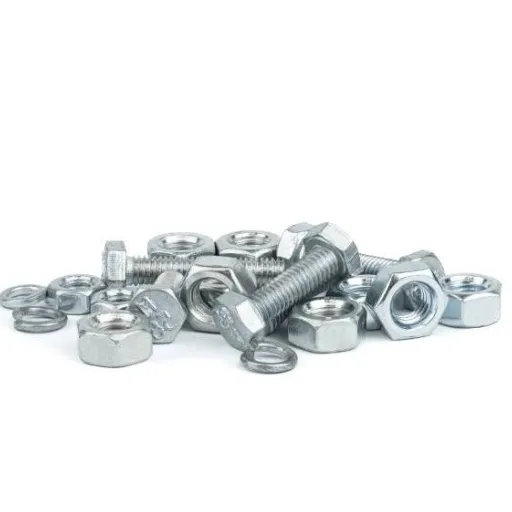
Zinc Plated Fasteners
Zinc-plated fasteners are extensively used across various sectors due to their excellent corrosion resistance and cost-effectiveness. The electroplating process creates a sacrificial barrier that prevents oxidation of steel or iron substrates.
- Heavy usage in the construction, automotive, and aerospace industries
- Ideal for high-humidity environments
- Enhanced with chromate conversion coatings for additional durability
- Tensile strength meets or exceeds industry standards
Stainless Steel in Marine Environments
Marine-grade stainless steel (316 or 316L with molybdenum) provides superior resistance to chloride-induced pitting and crevice corrosion in saltwater environments.
- Ship construction and offshore drilling platforms
- Propeller shafts and desalination plants
- Self-repairing passive oxide film
- Environmentally sustainable and recyclable
Applications in Automotive Manufacturing
Exhaust Systems: Stainless steel withstands high temperatures and corrosive exhaust gases, extending system life by up to 50% compared to conventional materials.
Fuel Tanks: Superior resistance to rusting and mechanical damage ensures fuel contamination prevention and reduces maintenance needs.
Structural Components: Used in chassis and frame manufacturing, increasing crash resistance by approximately 15% due to enhanced tensile strength and impact resistance.
Trim and Decorative Features: Interior and exterior applications benefit from aesthetic appeal and weathering resistance with minimal maintenance requirements.
Heat Exchangers and Turbochargers: High-temperature resistance (over 1,000°F) optimizes engine efficiency and reduces emissions.
Cost-Effectiveness and Maintenance Requirements
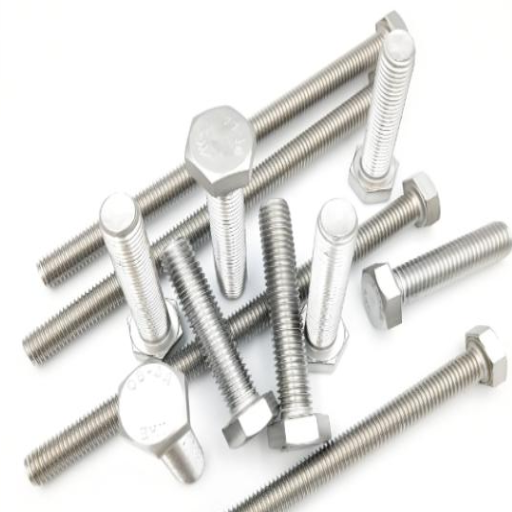
Maintenance Comparison
| Key Point | Zinc Alloy | Stainless Steel |
|---|---|---|
| Maintenance Frequency | Frequent | Minimal |
| Corrosion Resistance | Moderate | High resistance |
| Durability | Moderate | High |
| Coating Needs | Regular reapplication | Rare |
| Outdoor Use Suitability | Limited | Excellent |
| Expected Longevity | Shorter | Longer |
Budget Constraints and Material Choice
Zinc Alloys: Lower initial cost but higher long-term maintenance expenses due to regular protective coating reapplication requirements. Suitable for indoor applications or mild environmental conditions.
Stainless Steel: Higher upfront investment but superior long-term value through reduced maintenance costs and extended service life. Ideal for demanding outdoor applications and infrastructure requiring long-term reliability.
Decision Factors:
- Application environment and exposure conditions
- Required service life and performance standards
- Total cost of ownership, including maintenance
- Structural integrity and safety requirements
Frequently Asked Questions
References
1. The brittleness of zinc-plated steel
Published by the Royal Society of Chemistry, this article chiefly discusses the tensile strength and brittleness of zinc-coated steel.
2. Strength loss mechanisms for adhesive bonds to electroplated zinc and cold-rolled steel substrates subjected to moist environments
Published by Taylor & Francis, this paper deals with the strength loss of zinc coating and steel substrates in the environment.
3 . Welding of aluminum alloy to zinc-coated steel by cold metal transfer
This study, published on ScienceDirect, handles the topics of properties and strength of zinc-coated steel under welding.
Conclusion
The choice between zinc-plated and stainless steel materials ultimately depends on your specific application requirements, environmental conditions, and budget considerations. While zinc plating offers an economical solution for moderate conditions, stainless steel provides superior strength, durability, and long-term value for demanding applications.
Consider stainless steel for marine environments, high-stress applications, and situations requiring minimal maintenance. Choose zinc-plated materials for cost-sensitive projects with mild environmental exposure where frequent maintenance is acceptable.

